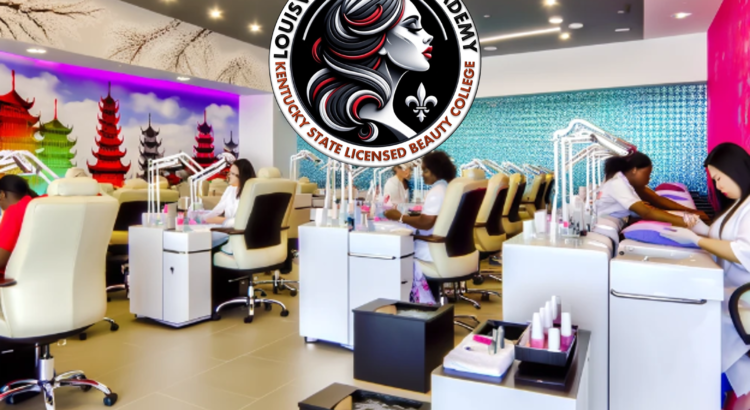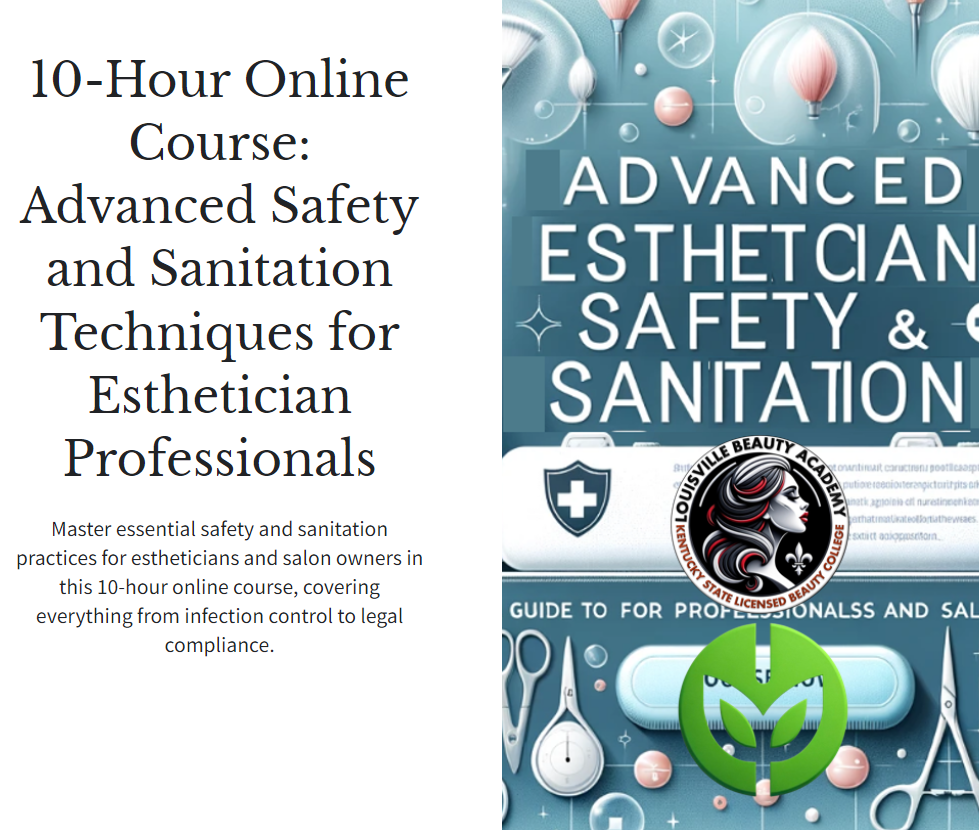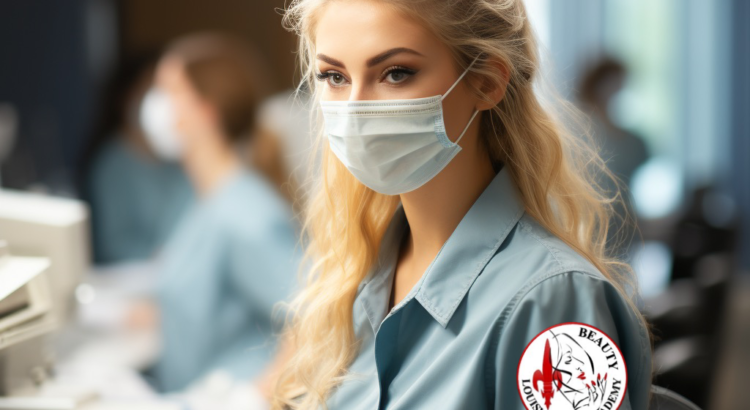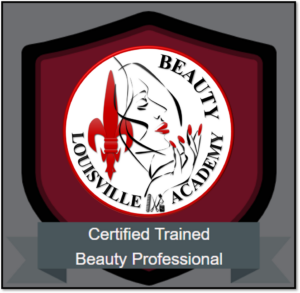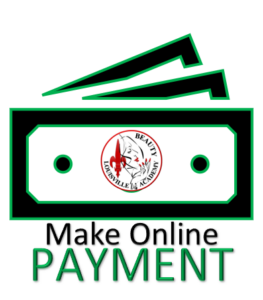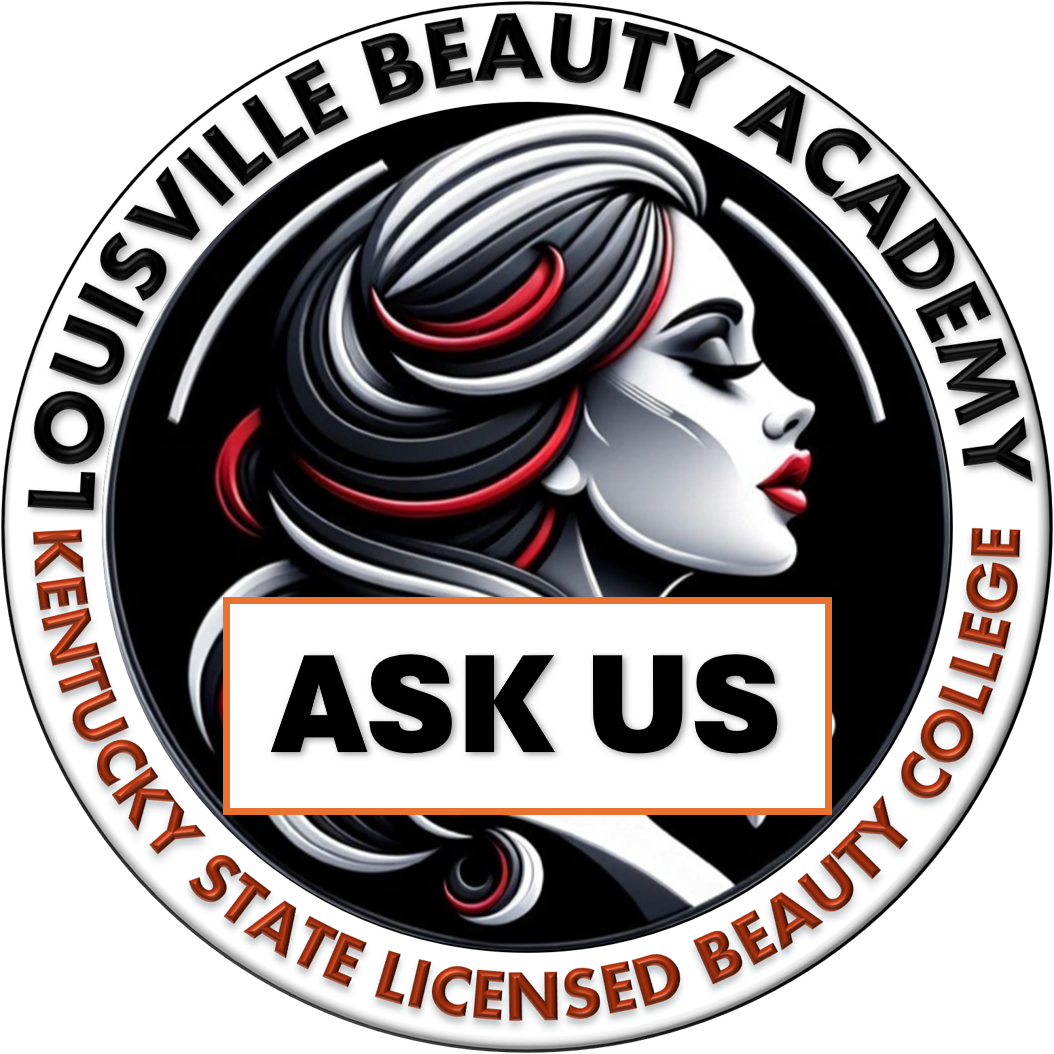In Louisville, Kentucky, the nail industry is witnessing a remarkable transformation, propelled by the entrepreneurial spirit and visionary leadership of the Vietnamese community. Once a niche luxury, this sector has expanded into a thriving $20 billion industry, setting new benchmarks for accessibility and luxury from coast to coast.
Central to this transformation is the emphasis on safety, sanitation, and disinfection—principles that the Vietnamese pioneers have championed relentlessly. Their commitment to these standards has not only elevated the industry’s reputation but also ensured that luxury in nail care is synonymous with health and safety. This pioneering approach has made services more accessible, inviting a broader demographic to experience the luxury of well-cared-for hands and feet in settings that range from modest salons to multi-million dollar enterprises.
Leading the charge in education and professional training is Louisville Beauty Academy, a beacon of excellence in Kentucky. This State-Licensed and State-Accredited Beauty College excels in preparing the next generation of beauty professionals, with a curriculum that spans from 2-day certifications to extensive 10-month programs. The courses cover diverse beauty services, including the increasingly popular fields of skincare and esthetic treatments, where the standards set by the Vietnamese community for nail services are now being applied with equal rigor.
Louisville Beauty Academy proudly upholds the legacy of its Vietnamese-led teaching in nail technology, now extending these high standards into all realms of beauty training, including hair, skincare, and eyelash extensions. The academy’s dedication to comprehensive beauty education ensures each graduate not only masters their craft but also becomes a steward of client well-being and satisfaction.
As the industry continues to evolve, the influence of the Vietnamese community remains a cornerstone of the sector’s growth and reputation. Their unwavering commitment to excellence in sanitation and safety has inspired other communities, including Latino, other Asian groups, and Eastern European talents, to join this vibrant industry. Each brings unique skills, particularly in specialized manicure and pedicure techniques, further enriching the industry’s diversity and excellence.
The nail and esthetician industry, under the stewardship of Vietnamese leadership, promises a future where beauty services are not just aesthetically pleasing but are exemplars of safety and hygiene. Louisville Beauty Academy stands at the forefront of this ongoing revolution, equipping professionals who will continue to raise the bar for the entire beauty industry.
